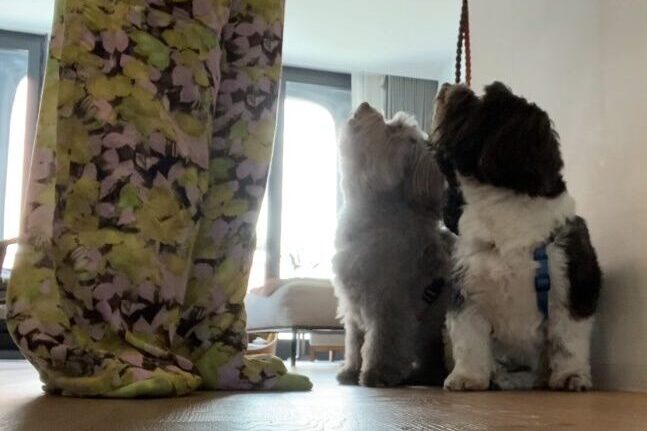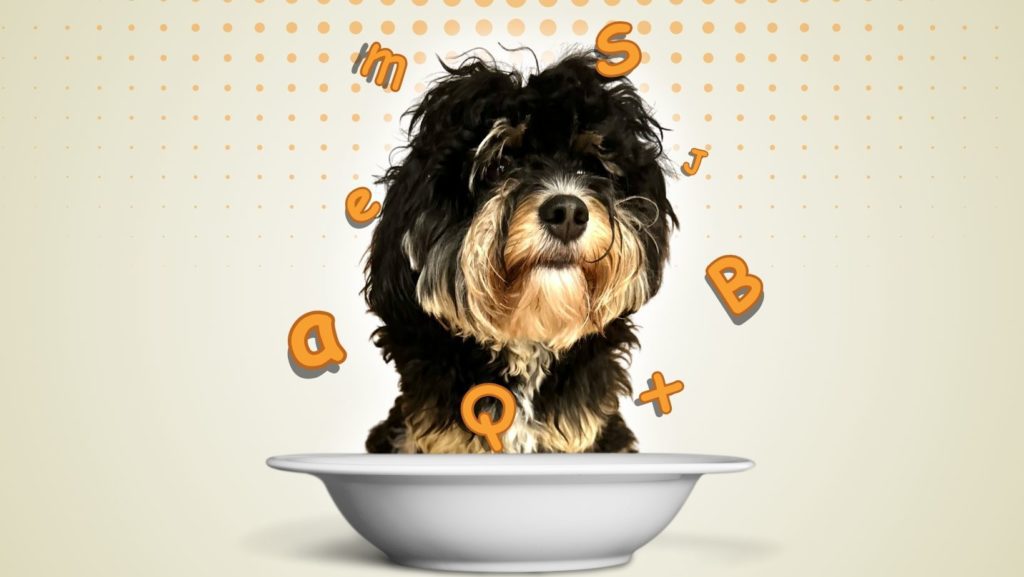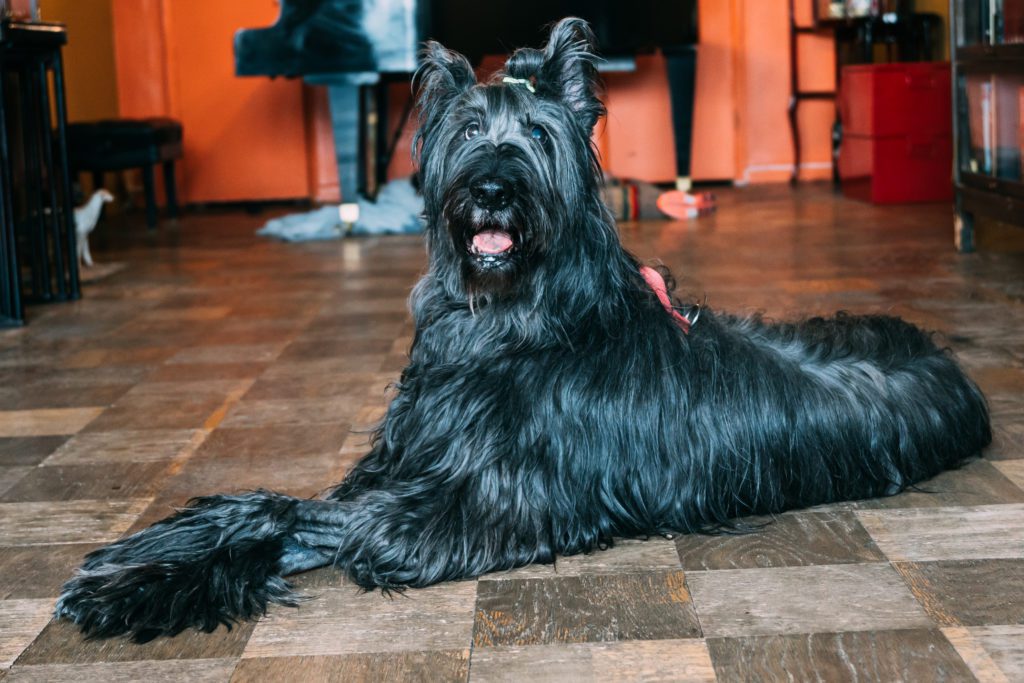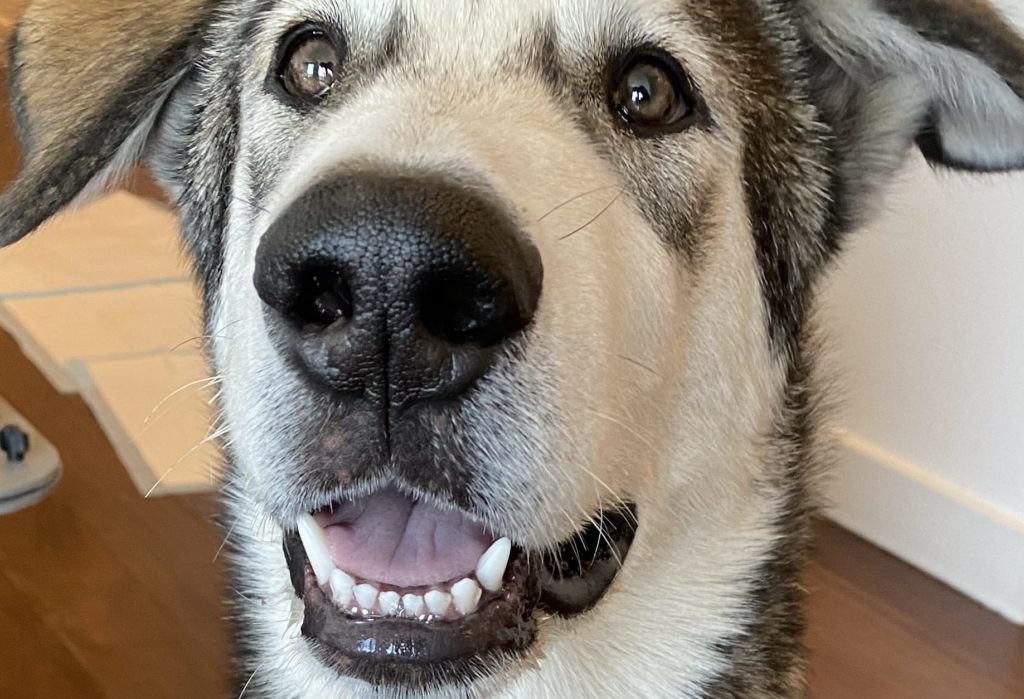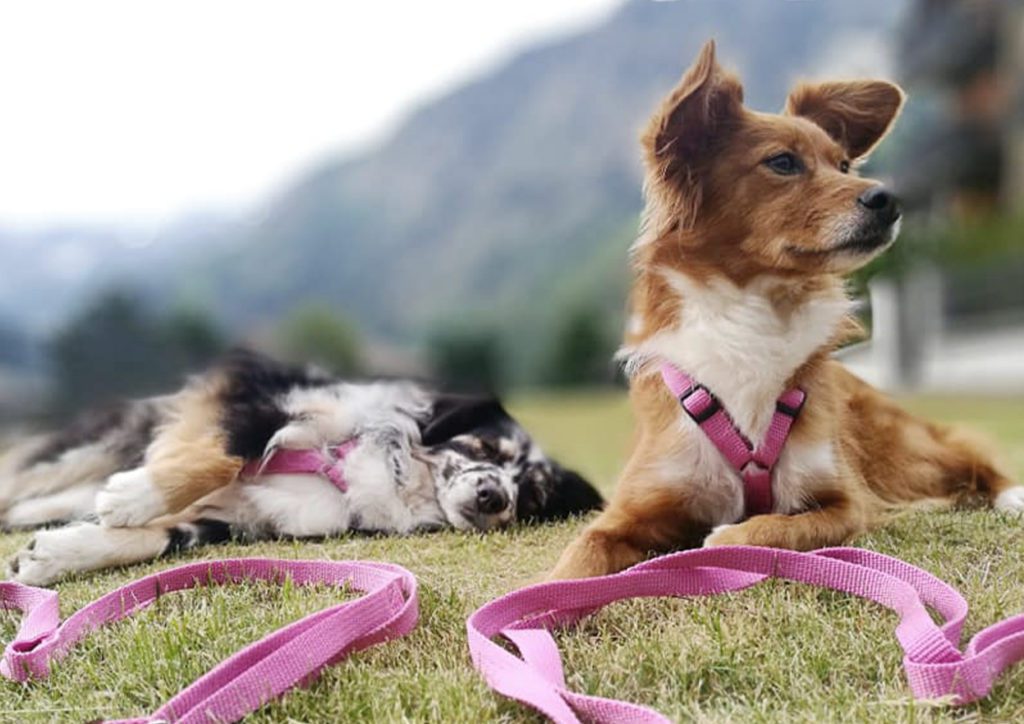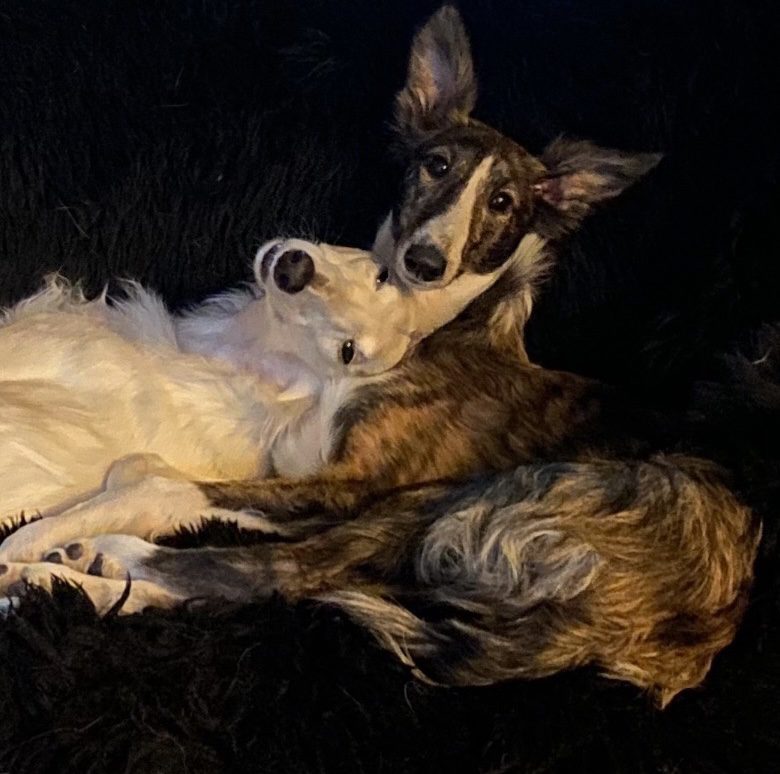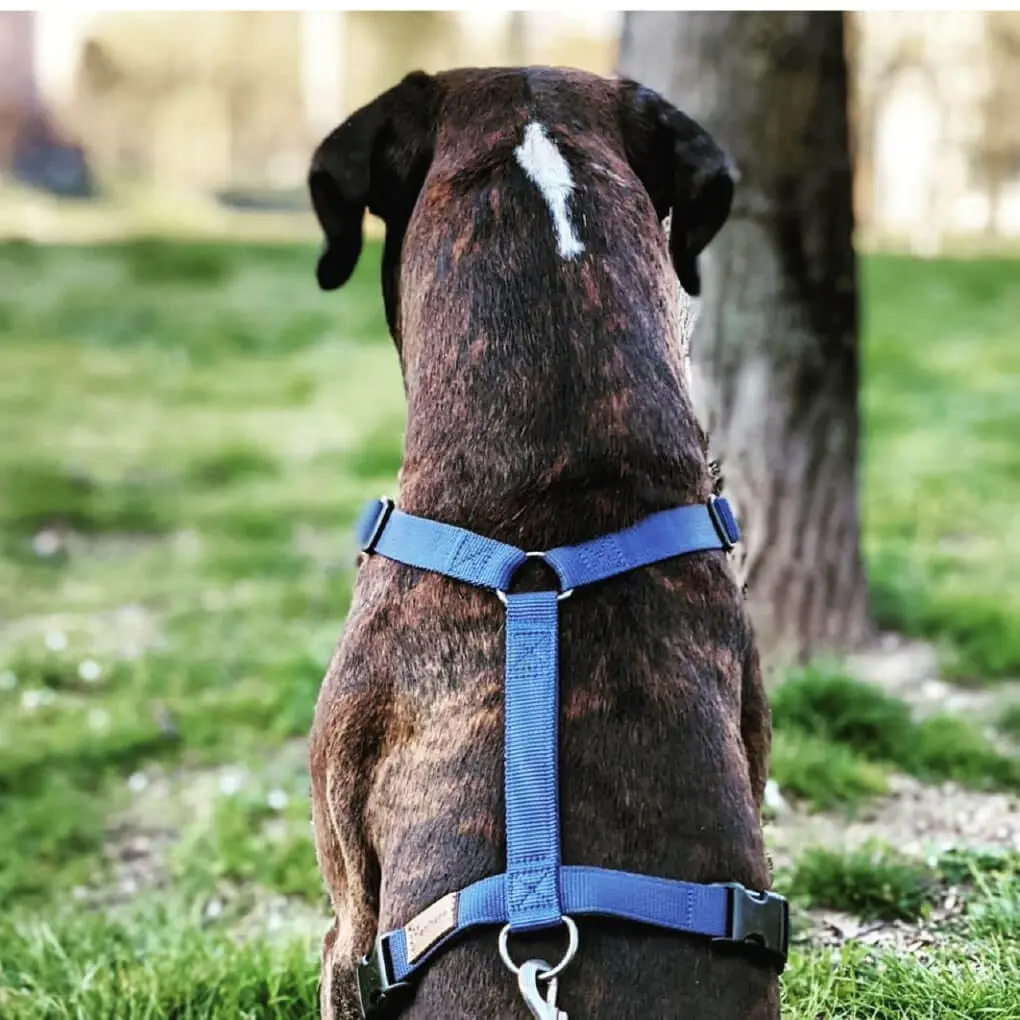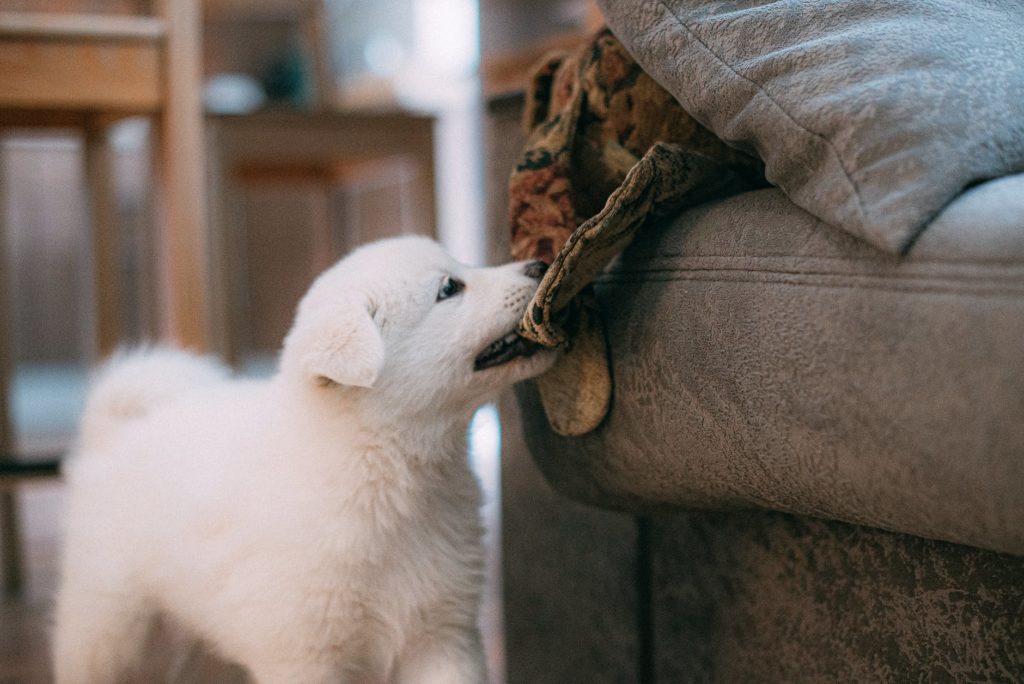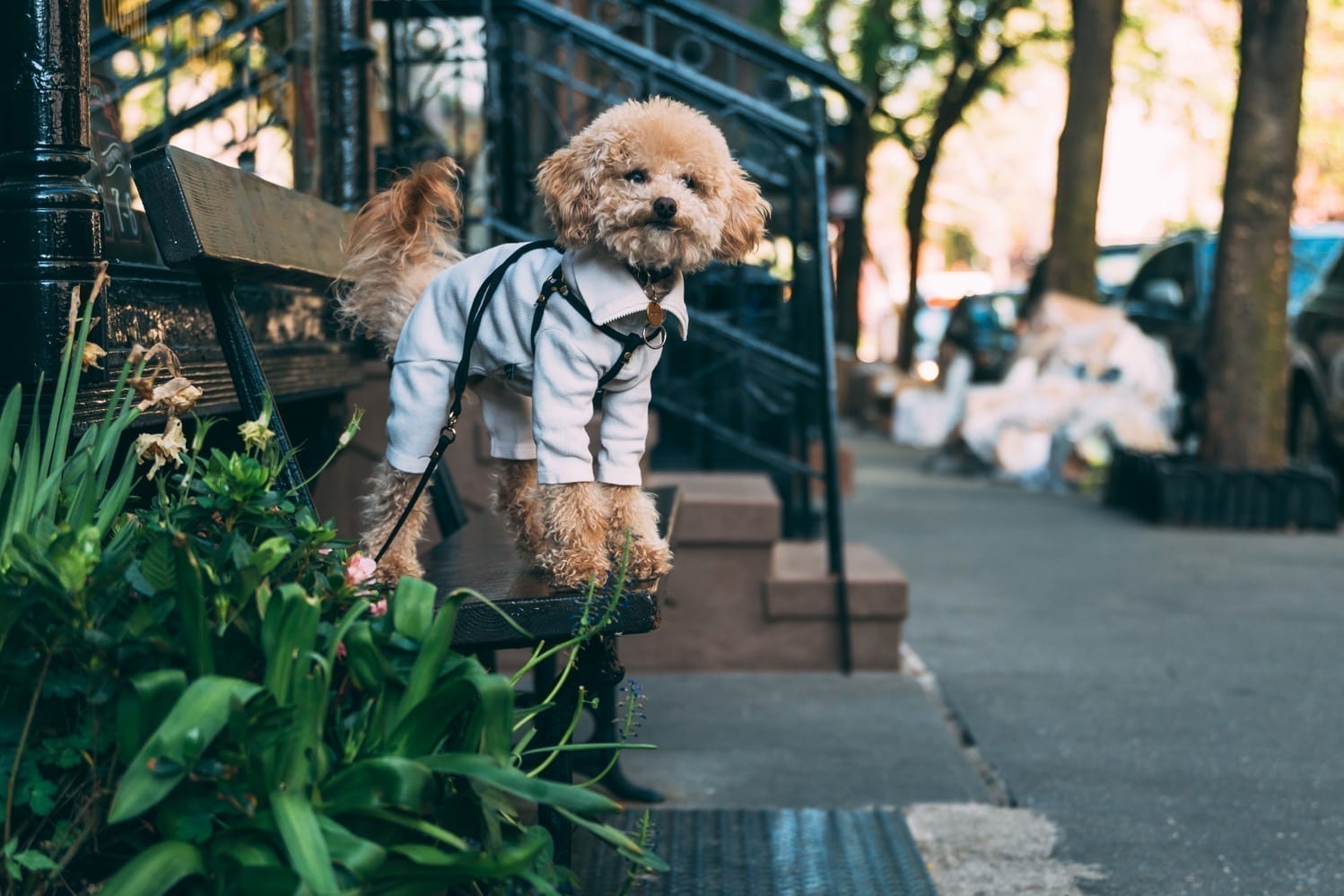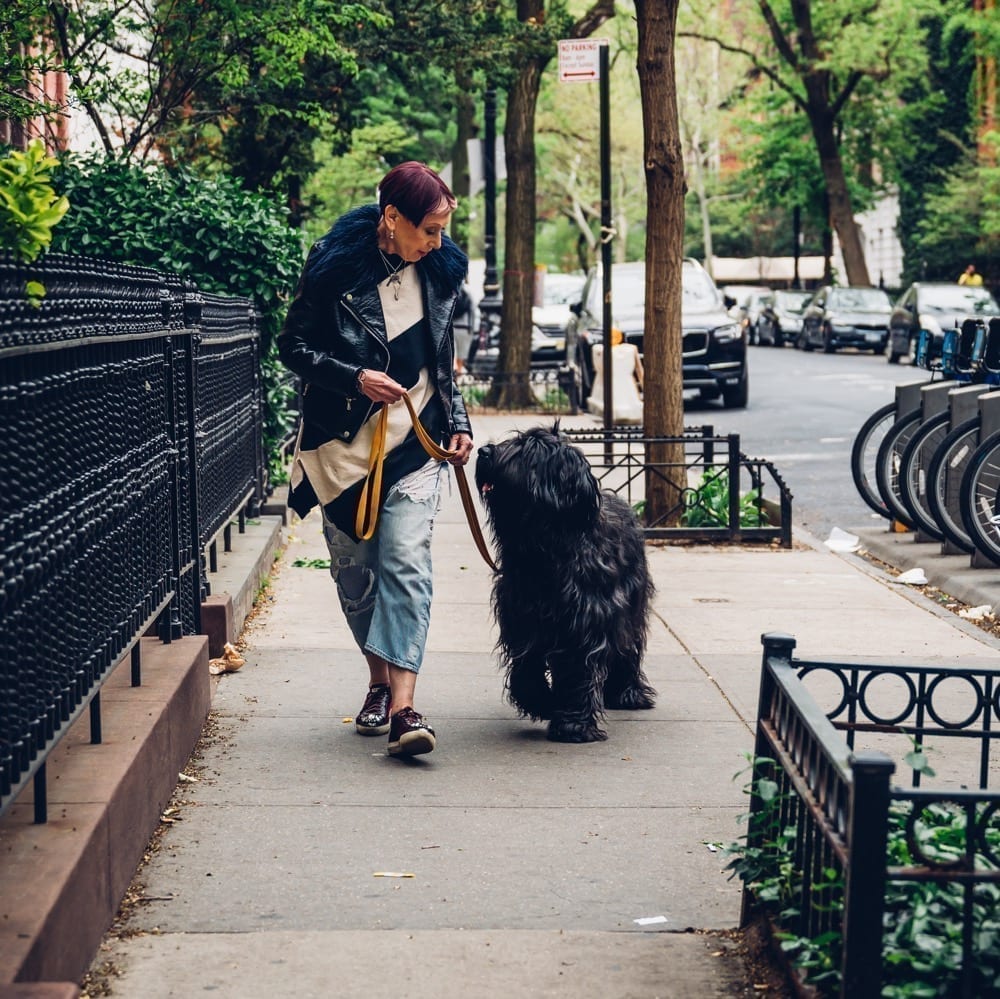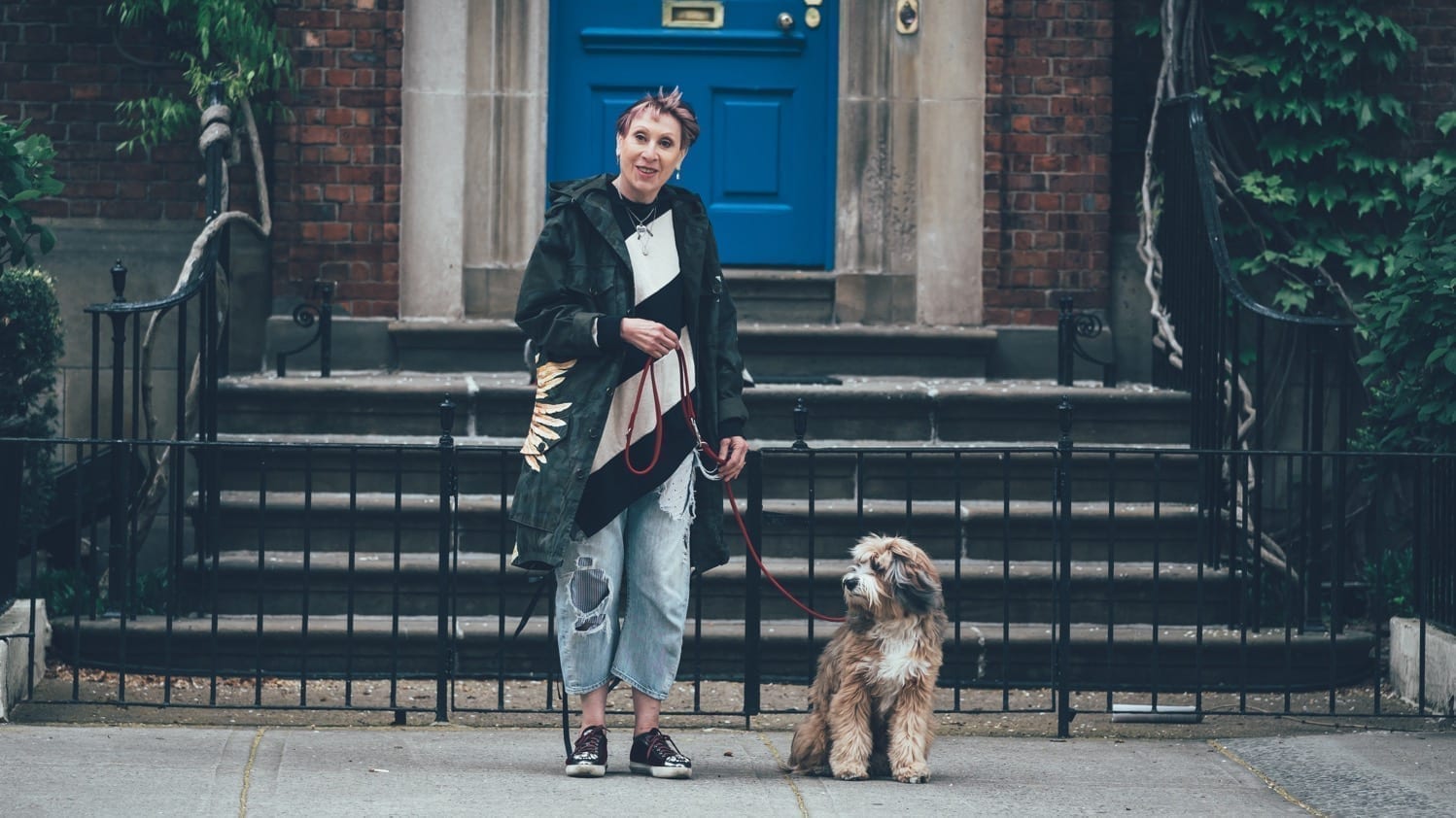
When I first teach “leave it” I start with a piece of food that I throw on the floor and reward any movement away from the desired object. I can then practice with different desirable objects in different environments but usually it is very clear to me what the object is, since I am controlling the “it”.
Then it all of a sudden hit me; Since I mostly don’t have control over what I want my pup to “leave” the actual cue to the dog should mean this: whatever you are looking at (the dog across the street, the shiny piece of orange peel sticking out underneath a trash bag) no matter what “Look at me and you get a reward” or “Give me your full attention”.

This can work when you are on a walk with your dog and the environment is such that the dog can actually hear you.
The best cues I find are “circumstantial”. I put down a platform and the dog knows they are going to stand on that platform no matter what. It’s totally clear.
I put my hand on the doorknob to open the door and the dog knows this means “sit” until they hear the word “OK!!!”
With my puppy Snorri I have also made putting on my winter jacket a cue for “ sit” and instead of rewarding his begging for food I say “ you know what to do” and he will settle on the floor. It’s a wonderful way to get replacement behaviors that lead to a harmonious and fun time instead of the boring “stop it!” or ”now, now: we don’t do this, do we?”
That just misleads the dog and contributes ultimately to reinforcing that behavior.
The goal of so called positive reinforcement teaching is to replace nuisance behaviors with highly rewarded replacement behaviors.

This article by Kay Laurence (Can we teach “stop doing that”?) describes very well what this means in practical terms. Keep in mind that any gesture, any object or location (such as a designated spot or platform that you pick) can become a cue for a specific behavior.
So that the somewhat elusive cue “leave it” should mean something specific behaviorally to the dog and offer the dog the solution to earn the reward. Kay Laurence tells us that she does use different “go to’s” for different situations. That is so smart.
Need help applying these techniques? Book a behavior consultation!



